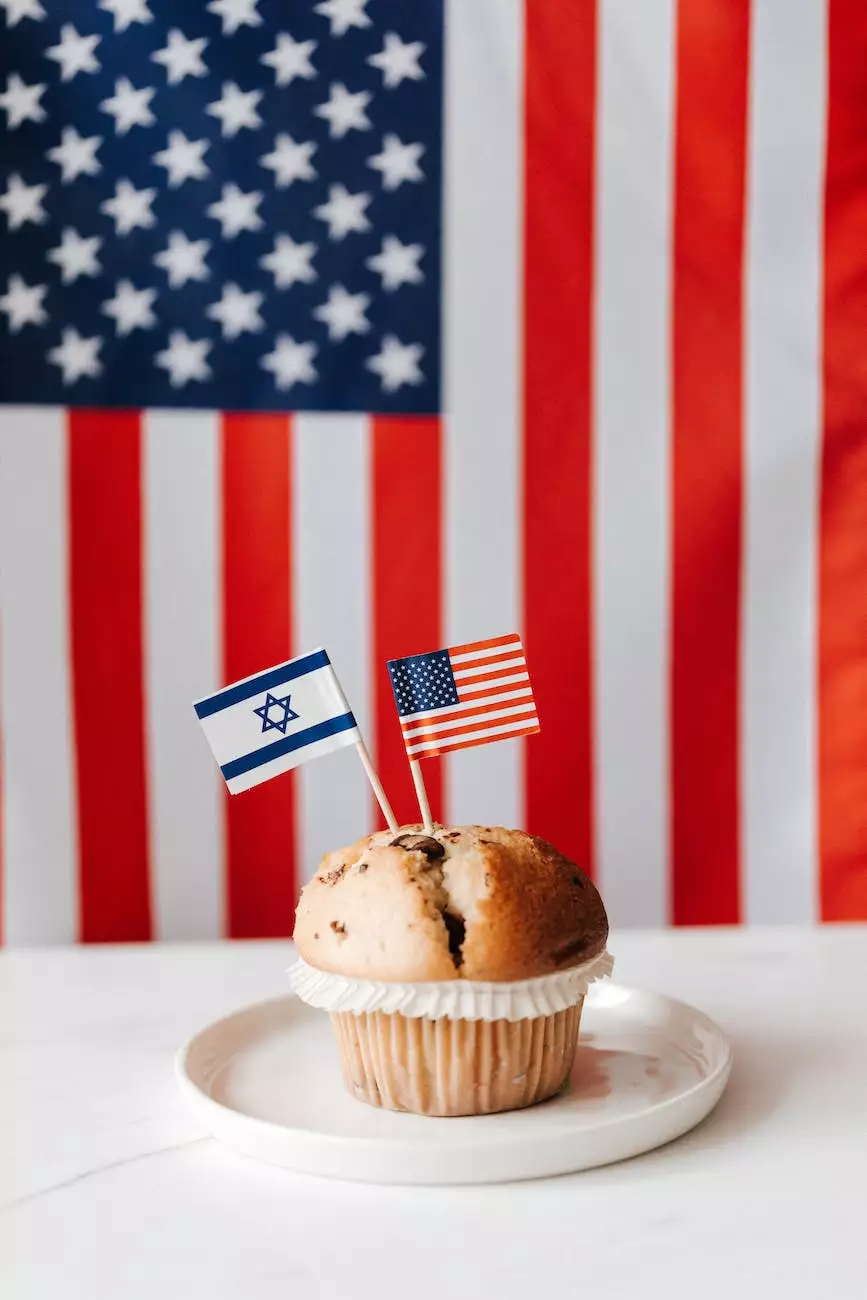Printing Glossary
Resources
Welcome to Hettichinc's Printing Glossary, your ultimate resource for all things printing-related. Whether you are a seasoned professional or a curious beginner, our comprehensive glossary provides detailed explanations and definitions of key terms, concepts, and techniques used in the printing industry. We offer a range of business and consumer services to cater to your printing needs.
1. Offset Printing
Offset printing is a widely used commercial printing technique in which ink is transferred from a plate to a rubber blanket, then onto the printing surface. It allows for high-quality and cost-effective printing for various materials such as brochures, magazines, and stationery.
2. Digital Printing
Digital printing refers to the method of printing digital-based images directly onto different media, eliminating the need for intermediate materials. This technology offers fast turnaround times, customization options, and is ideal for short print runs, personalized products, and variable data printing.
3. Pantone Matching System (PMS)
The Pantone Matching System is a standardized color reproduction system utilized in the printing industry. It assigns unique numbers to individual colors, ensuring consistent and accurate color reproduction across various print materials. PMS colors are widely used in branding and design applications.
4. CMYK
The CMYK color model, also known as four-color process printing, is a subtractive color model used in the printing industry. It utilizes ink in the colors cyan, magenta, yellow, and key (black) to create a wide range of colors. CMYK is the standard color mode for full-color printing.
5. Bleed
A bleed refers to the portion of an image or design that extends beyond the final trim size. It ensures that when printed and trimmed, there is no unwanted white space along the edges. Bleeds are essential for print materials with full-color backgrounds or designs that extend to the edge of the page.
6. Resolution
Resolution refers to the level of detail and clarity in an image or printed material. In printing, it is measured in dots per inch (DPI) or pixels per inch (PPI). Higher resolution results in sharper and more detailed prints, while lower resolution may lead to pixelation or blurriness.
7. Foil Stamping
Foil stamping is a specialized printing technique that adds metallic or pigmented foil to a printed surface using heat and pressure. It creates an eye-catching and premium effect, often used for logos, titles, or accents on business cards, packaging, and book covers.
8. Embossing and Debossing
Embossing and debossing are processes that create raised or recessed designs on paper or other materials. Embossing creates a raised effect, while debossing creates a depressed effect. These techniques are commonly used to add texture, depth, and sophistication to printed materials like invitations, certificates, and letterheads.
9. UV Coating
UV coating is a protective coating applied to printed materials and then cured with ultraviolet light. It provides a glossy and durable finish, enhancing the appearance and longevity of products such as brochures, postcards, and packaging. UV coating can also come in matte or satin finishes.
10. Perfect Binding
Perfect binding is a popular bookbinding method that involves gluing the pages of a book to the spine. It is commonly used for softcover books, catalogs, and magazines. Perfect binding creates a professional and sturdy finish, allowing the book to open flat without pages falling out.
Conclusion
By familiarizing yourself with the terms and concepts covered in our Printing Glossary, you will gain a comprehensive understanding of the printing industry. Hettichinc is dedicated to providing top-notch business and consumer services related to printing, ensuring high-quality and effective printing solutions for your needs.










